
SALVIA NEMOROSA ADRIAN BIANCO Vivai Marche
Salvia pratensis: leaves basally disposed, stem with 1-3 leaf-bearing nodes, pubescent with glandular hairs in the apical portion, and corolla mostly 20-30 mm long (vs. S. nemorosa, with leaves chiefly cauline, stem with 3 or more leaf-bearing nodes, pubescent with eglandular hairs, and corolla 8-12 mm long).
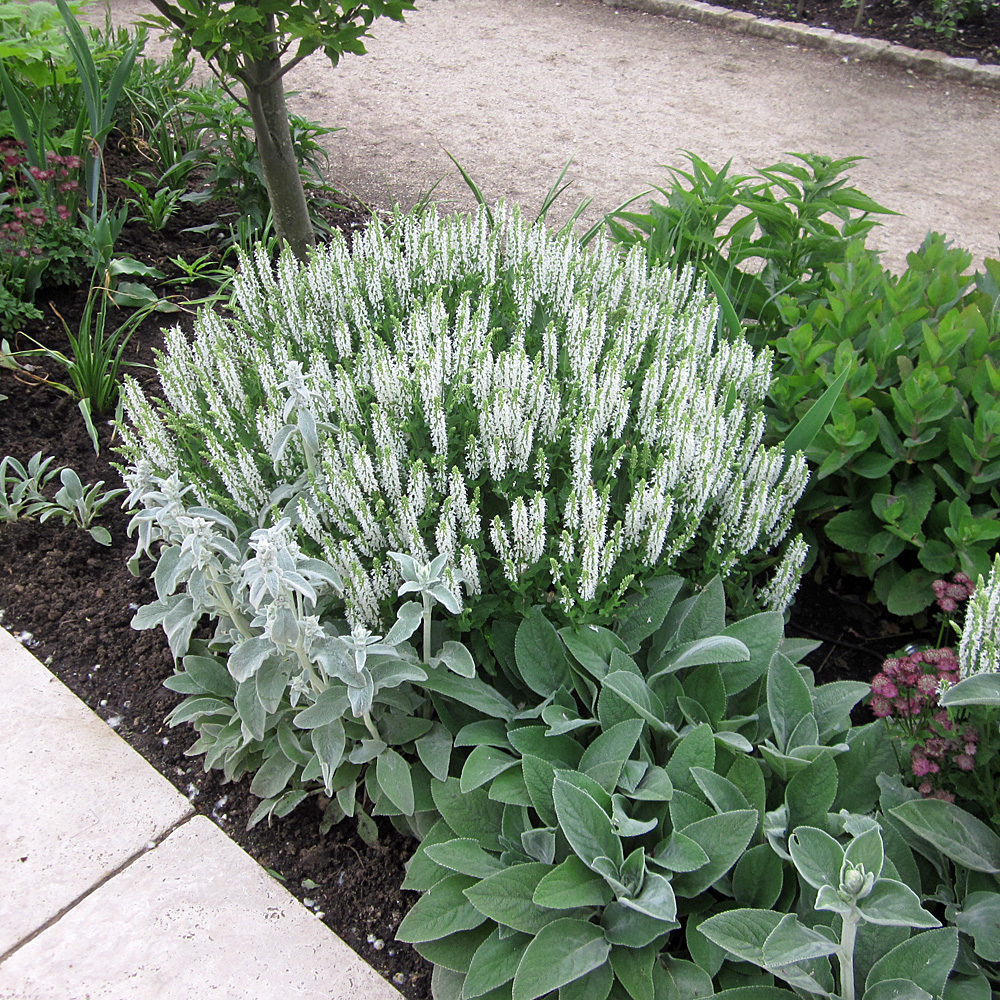
Salbei 'Adrian' Salvia nemorosa 'Adrian' Dieser weißblühende Salbei wird bis zu 40 cm hoch und
Salvia - Sage - Lamiaceae. We use cookies and other technologies.. Salvia nemorosa 'Adrian' Habit. Compact, bushy . Size. 30 cm height . Foliage. Medium green leaves are lanceolate. Flowers. White flowers in upright panicles . Flowering time. VI-VII / IX . Density. 6-9 plants/m² . Site. Sun .
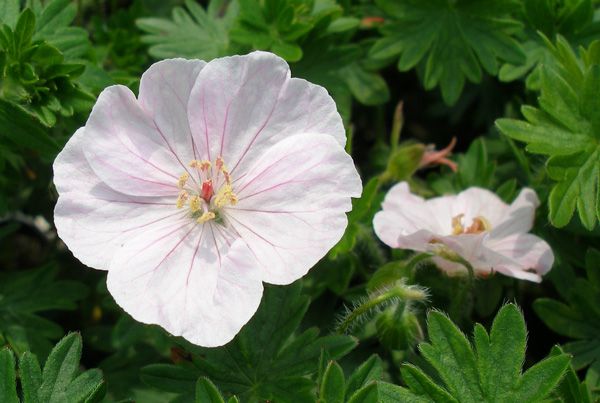
SALVIA NEMOROSA 'Adrian' Steppensalbei Rosenschule Ruf
Height: 1.50 to 3.00 feet Spread: 1.50 to 2.00 feet Bloom Time: June to September Bloom Description: Lavender to violet blue Sun: Full sun Water: Medium Maintenance: Low Flower: Showy Leaf: Fragrant Attracts: Butterflies Tolerate: Deer, Drought, Dry Soil, Air Pollution Garden locations Culture

Salvia nemorosa ‘Adrian’ Flora 2000 — Vivaio Online Bologna
Salvia nemorosa 'Adrian' / 'Schneehügel' Sorte (79) Botanik Explorer Shop-Fotos (12) Community Fotos (2) Video wird nur 40 cm hoch bleibt Kompakt und wuchert nicht rein weiße Blütenähren nach Rückschnitt gute Nachblüte Bienen freundliche Staude Winterhärte-Check Jetzt Postleitzahl eingeben & Winterhärte checken! Wuchs Blüte Frucht Frucht
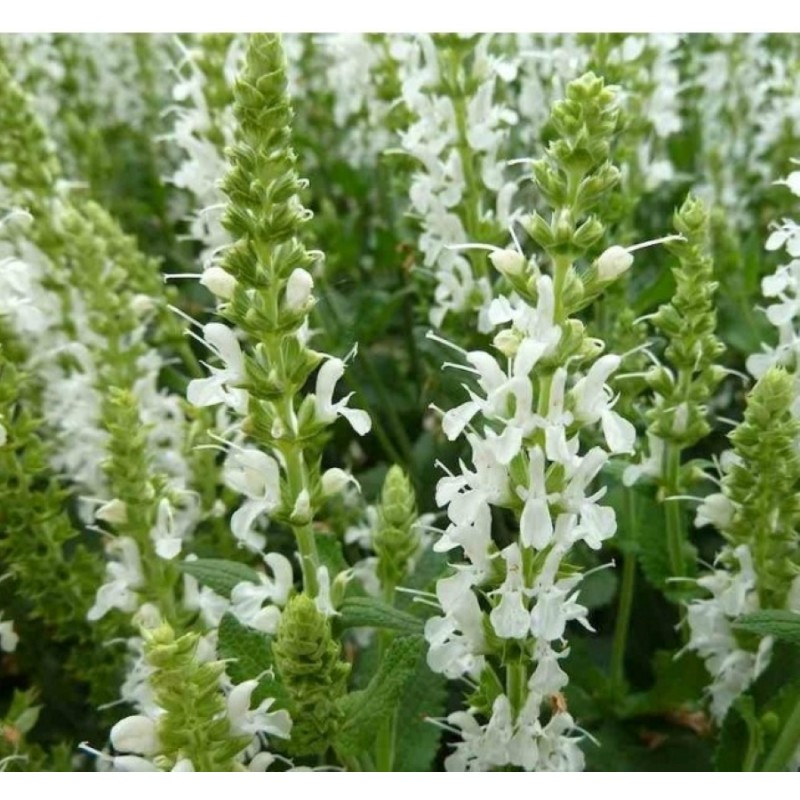
Salvia nemorosa Adrian Szałwia omszona Rośliny od Ogrodnika
Salvia nemorosa L. First published in Sp. Pl., ed. 2.: 35 (1762) This species is accepted The native range of this species is Europe to W. Siberia and Afghanistan. It is a perennial and grows primarily in the temperate biome. Taxonomy; Images; Distribution; Synonyms; Accepted Infraspecifics.
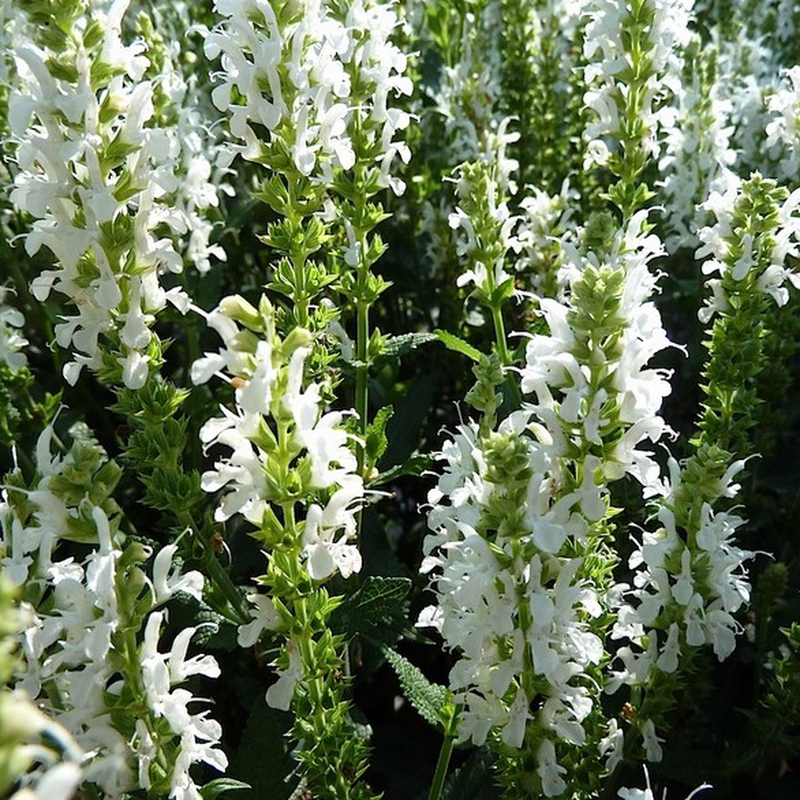
Salvia nemorosa 'Adrian' Yougardener
Salvia nemorosa 'Amethyst' - slender spires of pink-purple flowers appear from early summer through into autumn rising from clumps of aromatic, mid-green leaves. Stands 70cm tall with a spread of 40cm. Salvia nemorosa 'Amethyst' Salvia nemorosa 'Caradonna' - a superb new introduction with distinctly dark stained stems of violet blue flowers.
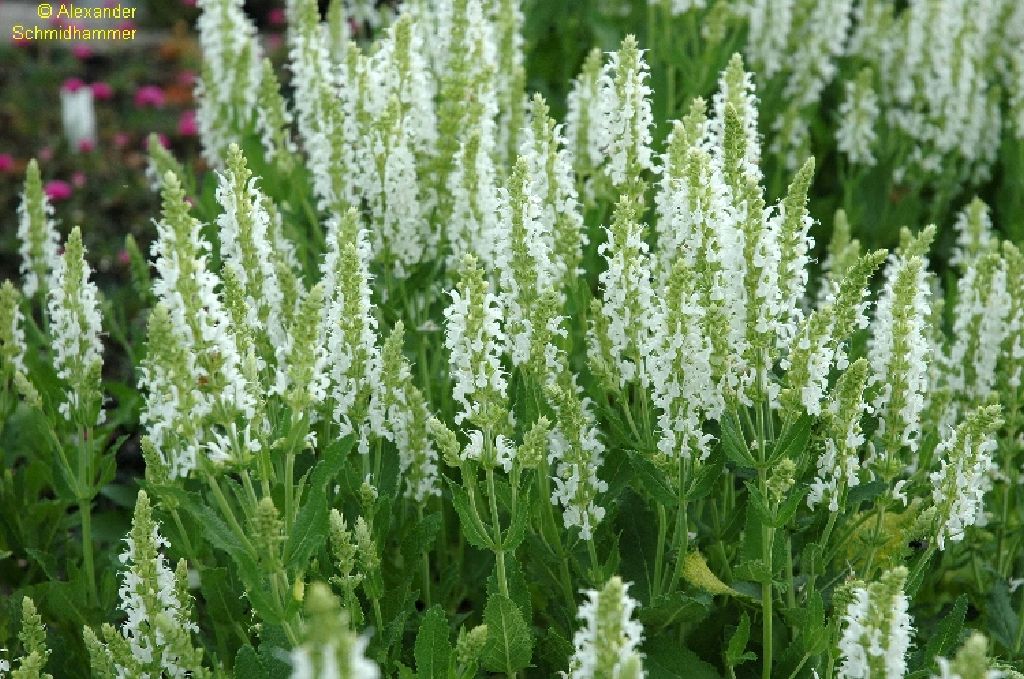
Salvia nemorosa ‚Adrian‘ Hameter Staudengärtnerei
Salvia is a great perennial to add to your garden for a bit of color and to attract pollinators. Salvia is very easy to care for and needs very little mainte.
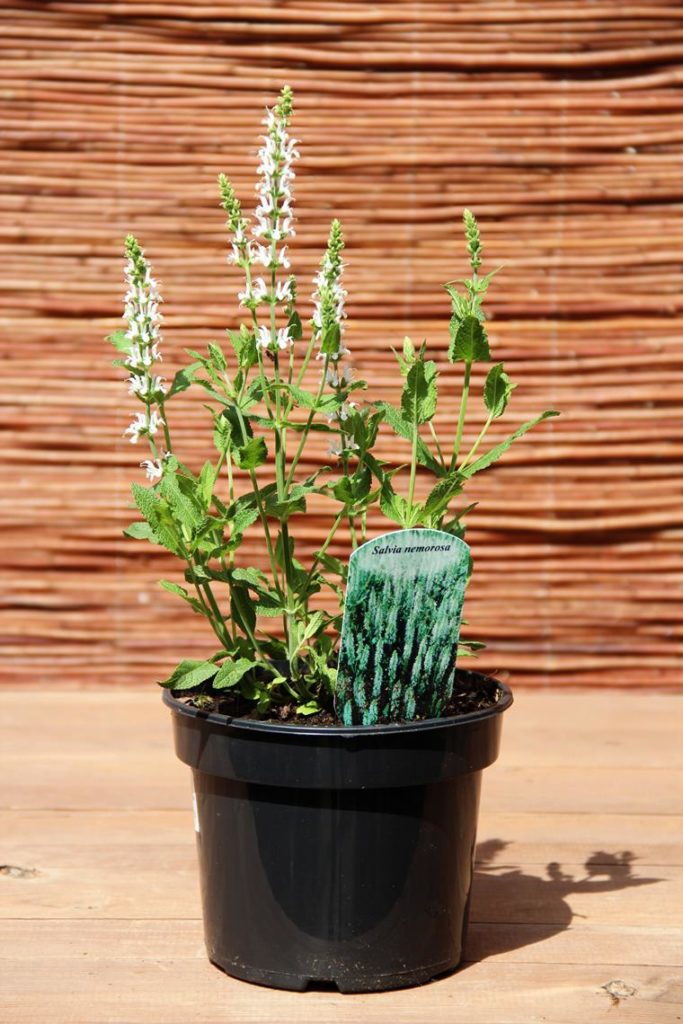
Szałwia omszona 'Adrian' (łac. Salvia nemorosa 'Adrian') TRACZ Centrum Ogrodnicze
BBC Gardeners' World Magazine Published: Saturday, 5 December 2020 at 8:46 am Subscribe today. Pay £12 for 6 issues and receive our 2024 year planner and free seeds We pick 20 gorgeous salvia cultivars to grow, in a range of shades and colours. Salvias really earn their keep in the garden.
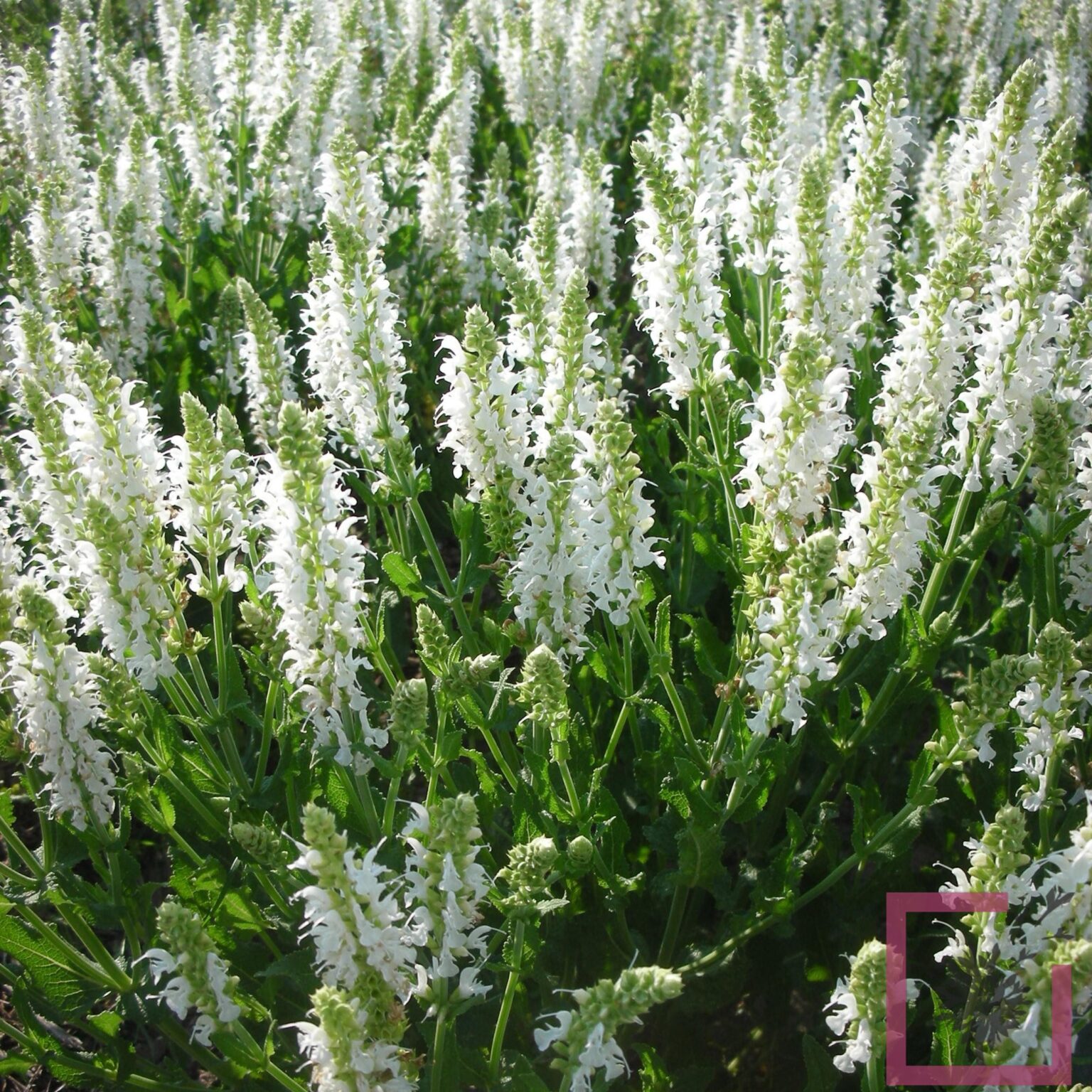
SALVIA NEMOROSA ADRIAN BIANCO Vivai Marche
Violet Sage Woodland Sage Previously known as: Sclarea nemorosa Sclarea punctata Phonetic Spelling SAL-vee-uh nem-or-OH-suh Description Woodland sage is a clump-forming, deciduous perennial in the Lamiaceae (mint) family native to Europe and west-central Asia. It may grow as high as 3 feet and 2 feet wide.

Salvia nemorosa 'Adrian', GartenBlütenSalbei 'Adrian' Bamberger Staudengarten Strobler
Salvia nemorosa, or woodland sage, brightens the landscape with spikes of blue-violet flowers above gray-green foliage. A member of the mint family, this easy-to-grow perennial is deer- and rabbit resistant. It's also relatively pest-free and handles occasional drought and dry soil with ease.
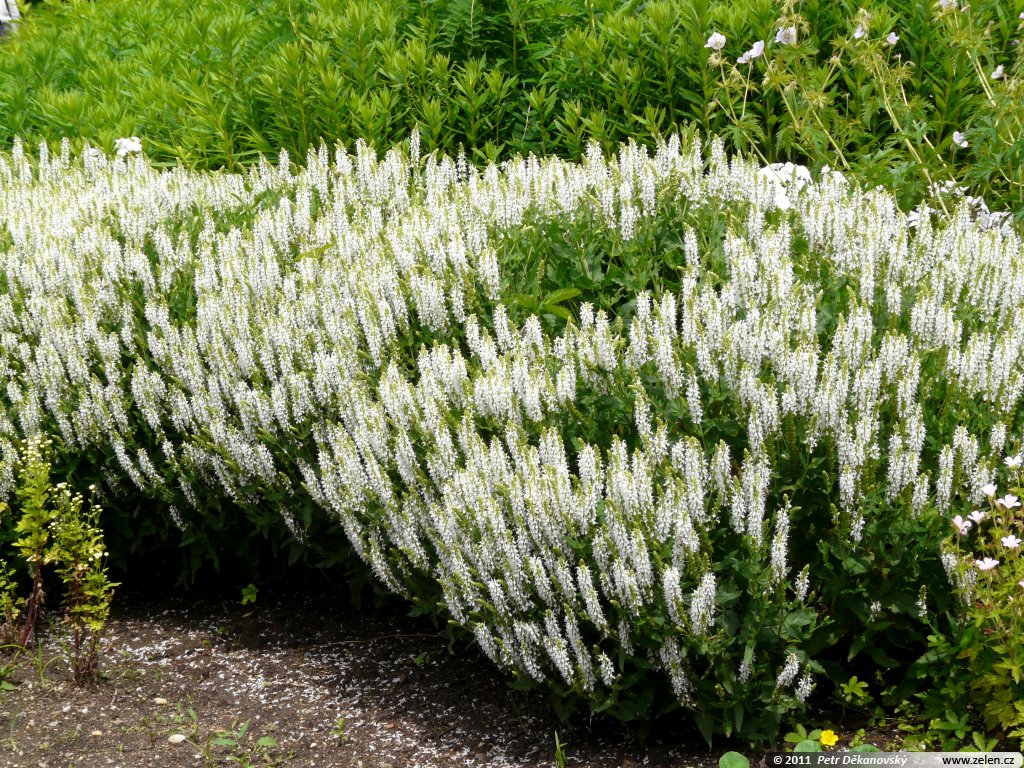
Salvia nemorosa Adrian šalvěj hajní
Salvia nemorosa is an herbaceous perennial that forms 1-3' clumps of dark green to grayish foliage. It has a generous bloom season that usually begins in early summer and ends in late fall. These unique flowers grow in upright, spikey looking racemes that typically display shades of purple, but can also be found in white.

Salvia nemorosa Adrian šalvěj hajní
Salvia nemorosa, the woodland sage, Balkan clary, blue sage or wild sage, [1] is a hardy herbaceous perennial plant native to a wide area of central Europe and Western Asia. It is an attractive plant that is easy to grow and propagate, with the result that it has been passed around by gardeners for many years.
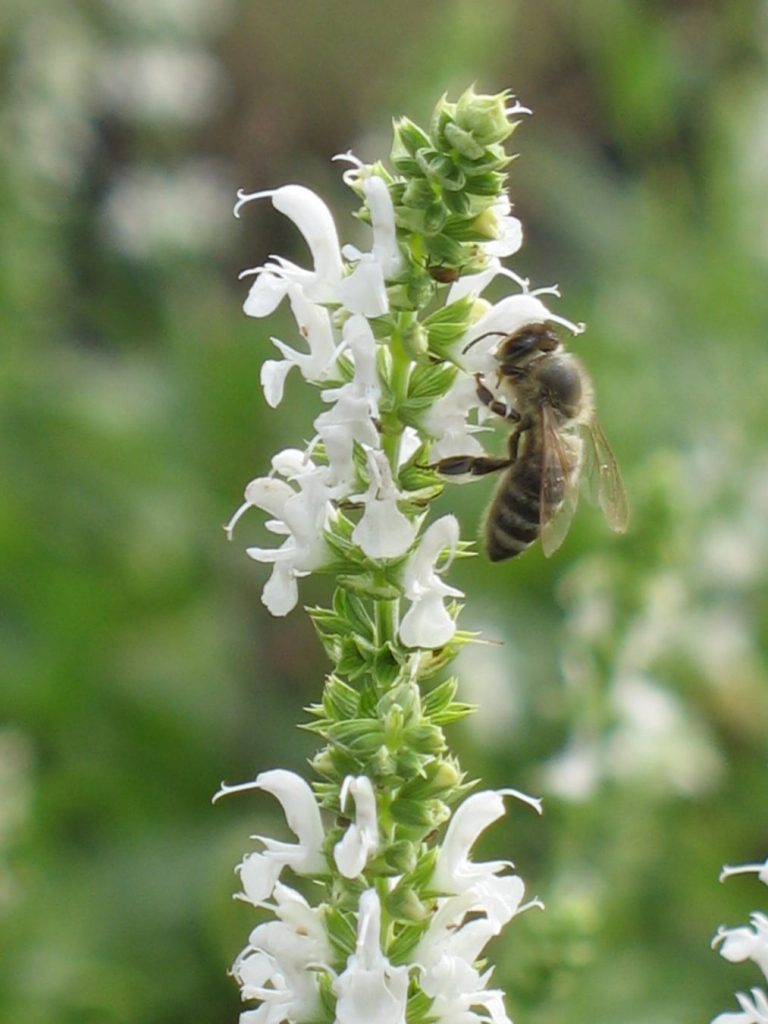
Salvia nemorosa 'Adrian' Staudengärtnerei Forssman
wood salvia (S. nemorosa), meadow salvia (S. praten-sis), and garden salvia (S. × sylvestris) featured promi-nently in the trial. Zone: 5b Conditions: Full sun to partial shade; alkaline, clay-loam, well-drained soil Care: Minimal, allowing the plants to thrive or fail under natural conditions. observations: Ornamental traits; growth, adaptation
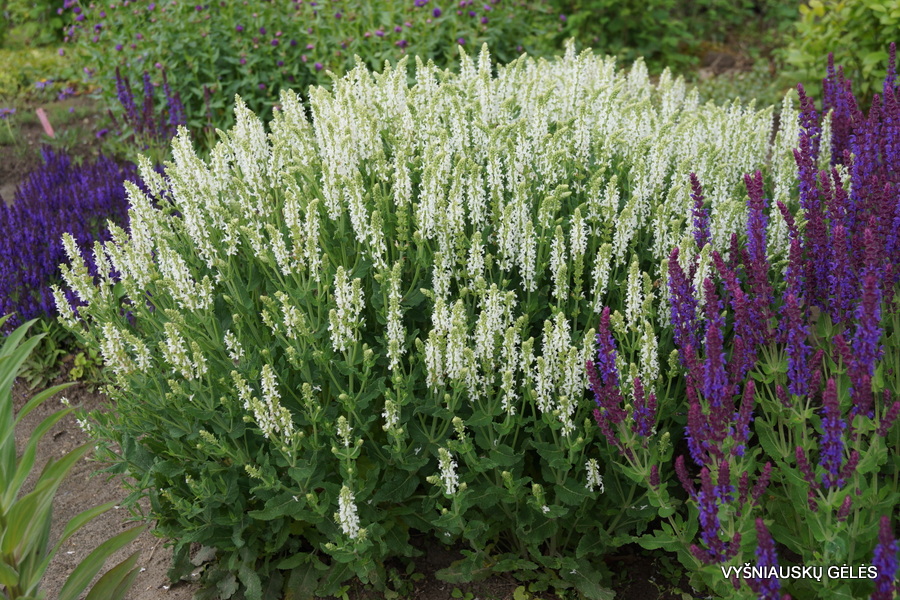
Salvia nemorosa ’Adrian’ Vyšniauskų gėlės
Der Steppensalbei 'Adrian' (Salvia nemorosa 'Adrian') ist eine weniger bekannte Sorte der heimischen Wildform Steppensalbei (Salvia nemorosa). Er ist aus der Familie der Lippenblütler. Der Steppensalbei 'Adrian' ist eine sommergrüne Staude mit einer Wuchshöhe zwischen 30 und 40 Zentimeter. Er bildet flache Wurzeln und hat tiefgrünes Laub.
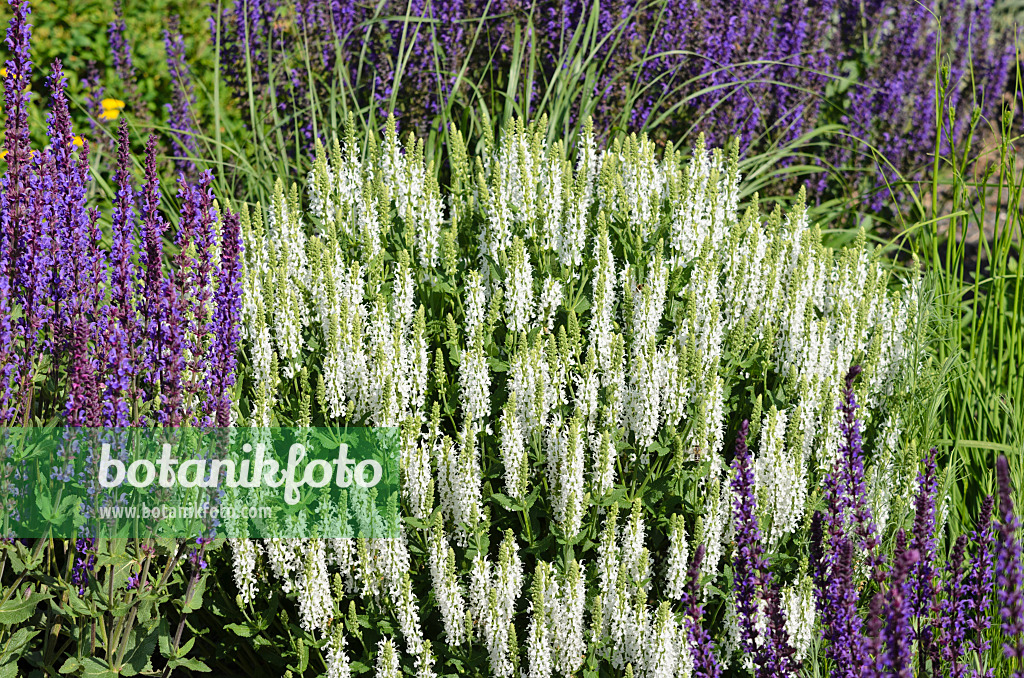
Image Woodland sage (Salvia nemorosa 'Adrian') 521106 Images of Plants and Gardens botanikfoto
Salvia nemorosa, known as woodland sage or violet sage, is a perennial salvia (in Zones 5 to 9) with lance-shaped leaves and purple/lavender flowers; it grows 2 feet tall.

Szkółka Bylin Dobrepole Salvia nemorosa "Adrian" szałwia omszona
Plant taxonomy classifies Caradonna salvia plants as Salvia nemorosa 'Caradonna.' The part in single quotation marks is the cultivar name. A common name for this flower is "meadow sage." In fact, it is in the same genus as common, or "culinary" sage (S. officinalis) so well known as an herb to foodies.The genus name derives from the Latin word salvere, meaning "to heal."